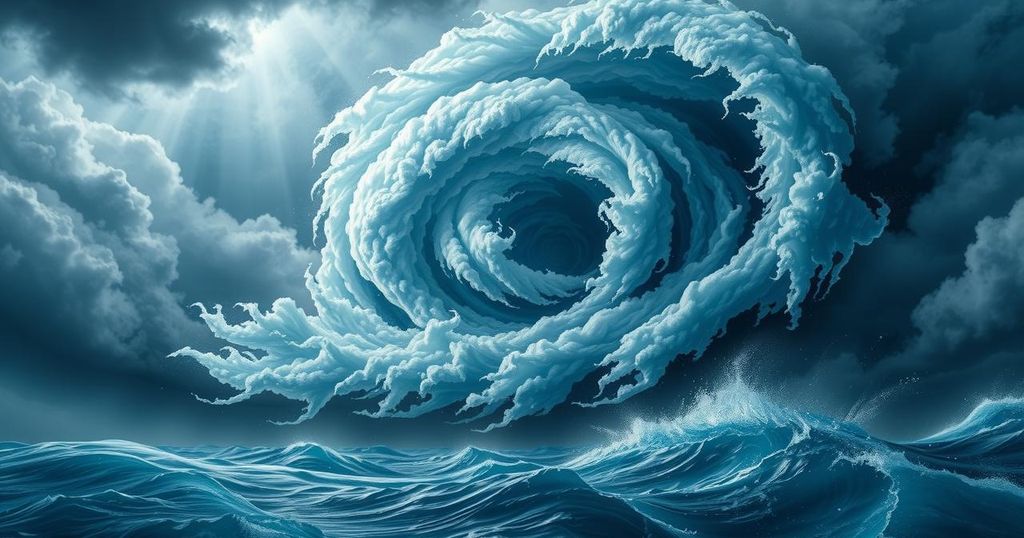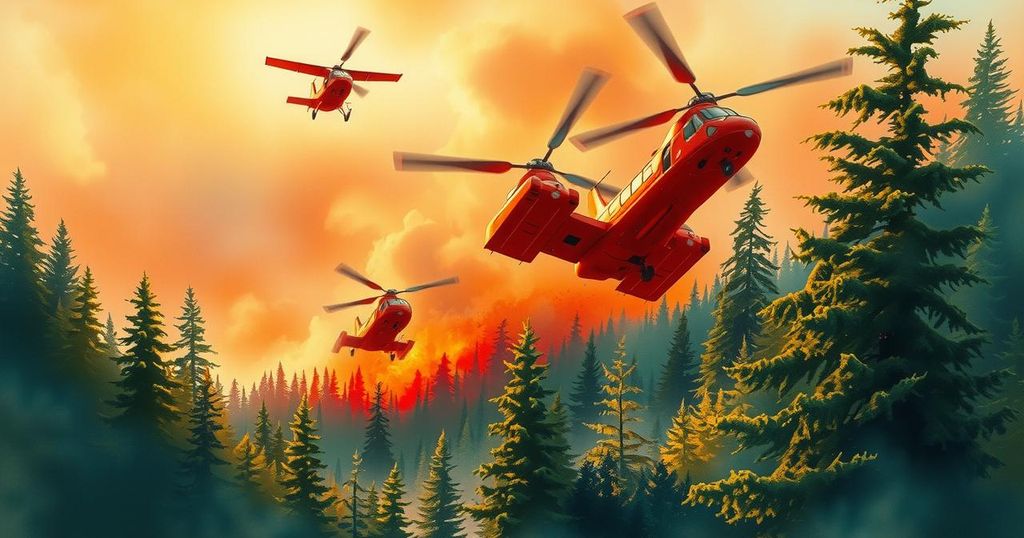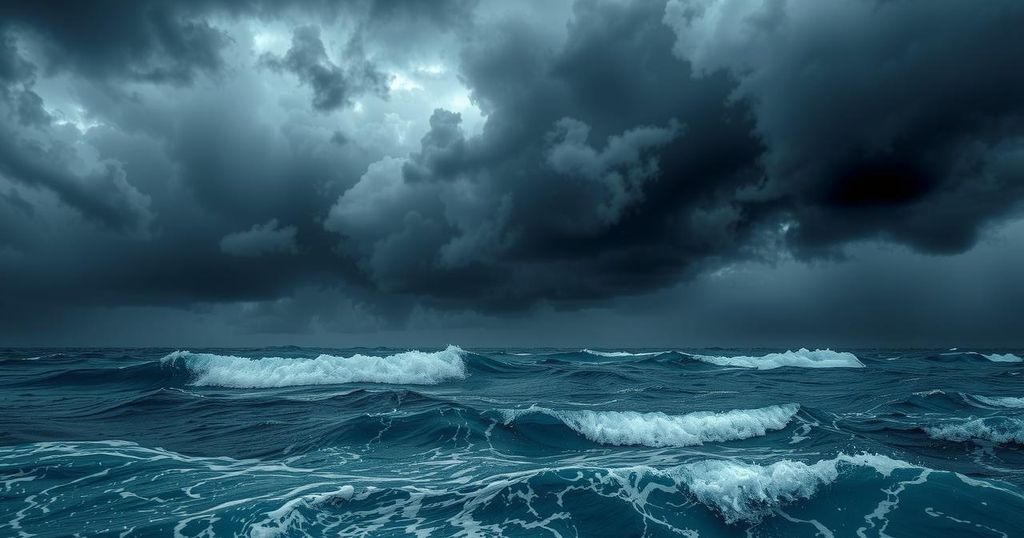Australia’s Cyclone Season: A Surge of Severe Storms and Safety Measures
Australia’s current cyclone season is among the busiest on record, with significant storms like Cyclones Sean, Zelia, Alfred, and Errol affecting various regions. Cyclones typically form between November and April, requiring specific ocean temperatures and climatic conditions. Their naming follows a systematic approach, with destroyed names being retired. The categorization of cyclones ranges from Category 1 to 5, indicating increasing severity, necessitating preparedness measures for those in storm-prone areas.
This cyclone season has proven to be one of the busiest in recent memory, with several severe storms making headlines. In January, Severe Tropical Cyclone Sean brought record rainfall and strong winds to the Pilbara coast. February saw Severe Tropical Cyclone Zelia strike northern Western Australia, followed by Tropical Cyclone Alfred wreaking havoc in Queensland and New South Wales in March. Finally, in April, Ex-Tropical Cyclone Errol, which was a formidable Category 4 storm while at sea, downgraded as it crossed the Kimberley region.
Australia averages about 11 tropical cyclones per year, with expectations for four to make landfall during an active season. These storms typically occur between November and April, primarily in northern regions such as the area north of Exmouth in Western Australia, across the Top End, and north of Brisbane on the eastern side. Cyclones in the southern hemisphere rotate clockwise, unlike their counterparts in the northern hemisphere, which are called typhoons or hurricanes and spin counterclockwise.
For a cyclone to form, certain conditions must be met, notably an ocean temperature of at least 26.5°C. In tropical waters, the evaporation of water generates clouds. When air pressure drops, clouds begin to build and spin. This cyclonic activity necessitates persistent humidity, which fuels energy and speed. A cyclone is officially classified when winds exceed 119 kilometers per hour. The cyclone’s eye, typically about 40 kilometers in diameter, is characterized by calm winds and absence of cloud cover.
As cyclones traverse the ocean, they create significant swells and surge potential, posing serious threats to coastal communities and marine vessels. However, they tend to lose strength when moving over land or cooler waters, or when unfavorable conditions limit energy generation. On average, a cyclone’s lifespan is about one week.
Naming cyclones is a systematic process managed by the Bureau of Meteorology, featuring a roster of alternating male and female names listed alphabetically. Names become permanently retired after particularly devastating storms, such as Cyclone Tracy, which will never see another storm carry its name.
Cyclones are rated based on their intensity, with Category 1 being mild and Category 5 being catastrophic. Category 1 cyclones can produce wind speeds up to 125 kilometers per hour and ocean swells of approximately 1.6 meters. In contrast, Category 5 systems are incredibly perilous, boasting wind speeds over 280 kilometers per hour and ocean swells surpassing 5.5 meters, capable of leveling structures.
Residents in cyclone-prone regions should take precautions, including boarding up windows, securing loose items, and turning off utilities, while being prepared to shelter or evacuate when advised. Awareness and preparedness are key to minimizing risks during cyclone events.
This cyclone season in Australia has been marked by significant storm activity, with a series of tropical cyclones causing widespread concern and damage. The formation, naming, and grading of these storms play a critical role in understanding their impact. Residents in affected regions must remain vigilant and prepared, as these powerful weather systems can pose severe threats to life and property.
Original Source: particle.scitech.org.au




Post Comment